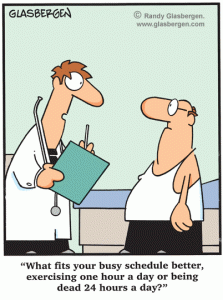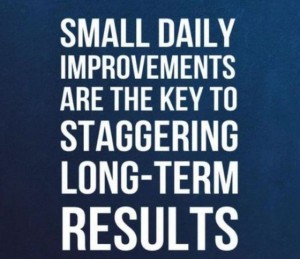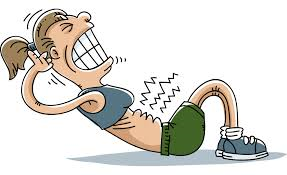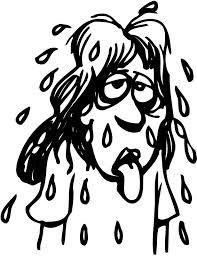With the holidays upon us it is customary, or at least implied that people are going to overindulge in eating and drinking and take part in even less physical activity than they normally do.
The average person gains one to two pounds over the holidays. While that not seem too bad, the problem is that the weight gained stays on, most people do not drop that slight gain. If the weight never gets dropped, and every year the weight keeps accumulating then you start having a problem.
But what is one to do? It is implied that you eat. If you are off work, spending time with family and friends and watching the ultimate Christmas Movie (Die Hard) it is hard not to have that cookie and beer.
Don’t worry about everyone else. If you make a plan to eat relativity healthy, don’t let others derail you by giving into their temptations. Actually a lot of people choose to eat healthy over the holidays, or at least try to. Many put out healy alternatives but continue to serve the treats because that is what is expected.
There are dozens of websites out there dedicated to healthy holiday treats.
You don’t need to eat one of everything that is being served. Before you go out if you are worried about overeating, have a healthy meal at home before hand to fill you up so you don’t over indulge while you are out. It is fine to have a little extra here and there or a cookie or piece of pie. Treats are good, just in moderation.
No one feels good after drinking a gallon of eggnog. Nor do you feel good from consuming a pound of sugar cookies. If you did this before think about how you felt. If you felt like crap, think about that and realize that you don’t want to repeat it.
If your overall goal is to drop a few pounds keep that in mind. Is that third cupcake or 5th glass of eggnog worth it? Unlikely! It will make you feel good at the moment, but going back to the last point, you will feel like crap shortly. Either from being over full of crappy food, too much sugar, too much fat, or just depressed because you are three cupcakes.
Serve healthy food at your parties. You will be surprised on how fast it goes. Most people want to eat healthy and when given the choice will choose some healthier options.
Exercise over the holidays. Even a little exercise is better than none at all. A 10-15 minute walking around the block after a big meal can do wonders for your blood sugar and your mood. The more you exercise the more you can eat and not feel guiltily. I had a professor in university tell us that is why he works out. He works out because he likes to eat.
Last this is booze. it is OK to have a drink, just be mindful that there are calories in alcohol. Also depending on what you drink there are added calories in any mix or other ingredients you put in your cocktail. Drink water between drinks or choose a lower calorie cocktail.
Remember It’s ok to have a treat. But everything in moderation.
Have a safe and Happy Holidays!






